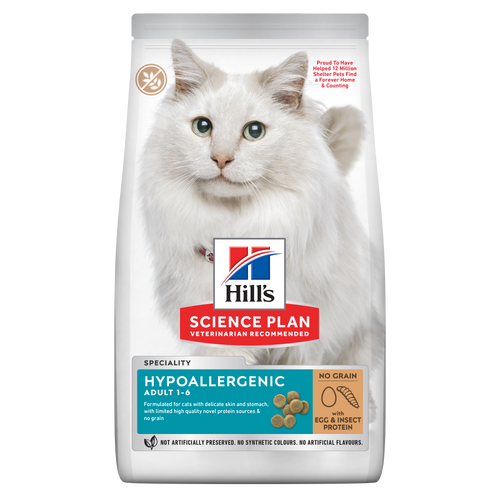About
The crowning glory of the Irish setter is of course the coat, which ranges from a deep mahogany to lighter red. The coat is flat and reasonably straight (may have a little wave) and of medium length. Longer hair is found on the backs of the legs, chest and hanging off the tail. The ears have a silky fringe as well.The overall impression of the Irish setter is of glamour and elegance, although the flews (lips) are often somewhat pendulous and there may be some drooling. These tend to be hardy dogs, often living to 12 or 14 years of age.|
Personality
While they are first recognised by their stunning appearance, Irish setters are equally well known for their "rollicking" attitude. These are the clownish rogues of the dog world: lively, intelligent and with a great sense of mischief.It has to always be remembered that these are hunting dogs, bred to run hard all day long over rough terrain. They have a good attitude for training but, if left neglected, they will take to running on their own, and they can be chewers, barkers and diggers.Irish setters tend to be outgoing and friendly dogs, both with people and other dogs. Some caution must be taken when introducing them to other smaller house pets, because they are hunters. Some socialisation is important to counter the few shy specimens of the breed.
What to Expect
Grooming is a consideration here. The coat should be checked daily for debris or foxtails and brushed out two or three times a week. This can be a quick grooming but should be consistent.As mentioned, the Irish setter is still close to their hunting roots and does require a fair amount of exercise to be happy and to be a good family companion. Along with the long runs, some training is important. These are bright dogs and enjoy working. Patience, and a firm but gentle hand is needed to train the Irish setter. Discipline coupled with a sense of humour makes most Irish setters into well-behaved family members. Many Irish setters compete in dog sports, and they do particularly well in obedience and hunt tests.Do not count on an Irish setter to guard the house, although they may alarm bark. Irish setters tend to be friendly and make good family dogs, but they can be a bit too big and rambunctious with small children. Some socialisation is required because a few of these dogs are shy.
History
The Irish setter is the youngest of the three AKC setter breeds and probably is descended from the English setter in particular. The Irish hunters wanted and needed a fast working dog with a keen nose, and the bright red colour was easy to spot in cover.Initially, the Irish dogs were red and white, but then a "landmark" dog came along who pushed the influence in favour of the all-red dogs. Champion Palmerston was a stunning, lighter boned, red-mahogany dog who came on the scene in 1862. From him we get most of our modern day Irish setters.There is speculation off and on about pointer influence in the background of the Irish setter, but most fanciers deny it. Today, the Irish setter is a beloved family companion, and sometimes hunting dog. The breed has had some wide swings in popularity, one time inspired by the Walt Disney movie and books about "Big Red."
Adopt a pet. Change a life.
Are you prepared to adopt a pet? Use these tools to make sure you are ready for the commitment.
Adopt a pet. Change a life.
Are you prepared to adopt a pet? Use these tools to make sure you are ready for the commitment.























